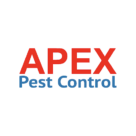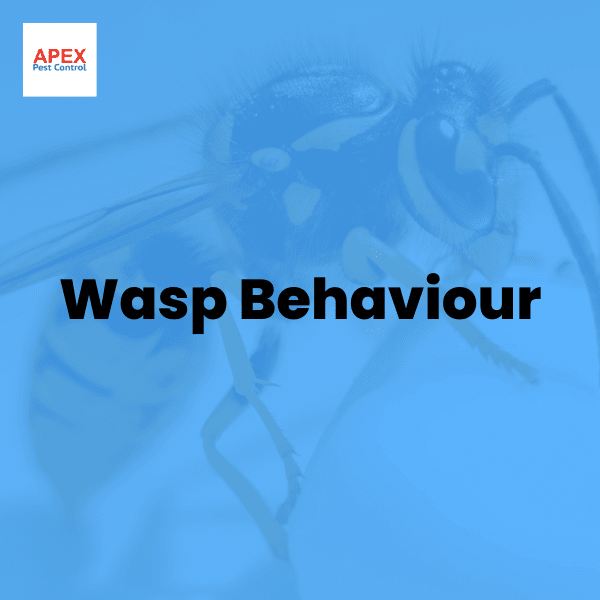Wasp Behaviour: Key Insights For Effective Pest Control
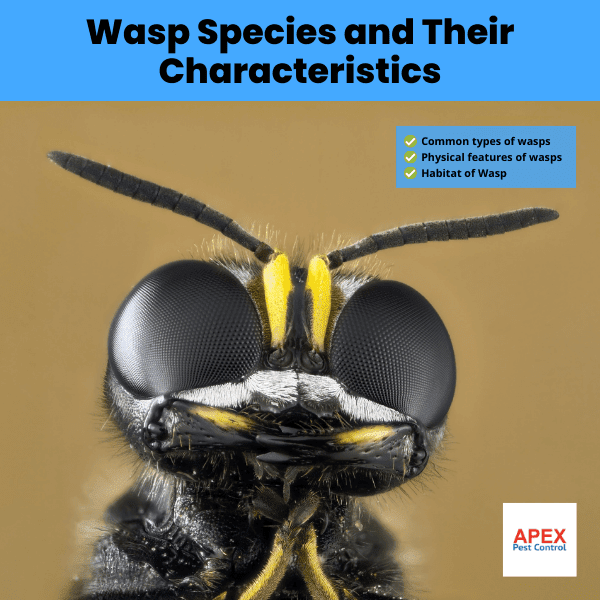
Wasp Species and Their Characteristics
Common types of wasps
Wasps are a broad group of insects that include over 30,000 known species. Some commonly recognised wasp types are yellow jackets, hornets, and paper wasps. These types stand out due to their size, colouring, and interactions with humans.
Physical Features of Wasps
Typically characterised by two pairs of wings and a narrow waist that separates the thorax from the abdomen, the wasp’s body structure varies across species but follows this general pattern. Many have bright warning colours like black mixed with yellows or reds which signals potential predators about their venomous sting.
Habitat And Geographical Distribution
Wasps can be found worldwide especially in areas where flowers bloom as they rely on nectar for food. Their distribution spans across forests to residential gardens. They tend to avoid extreme climates like deserts or polar regions.
For detailed insights into the development stages of wasps, be sure to explore our article wasp life cycle.
Wasp Life Cycle
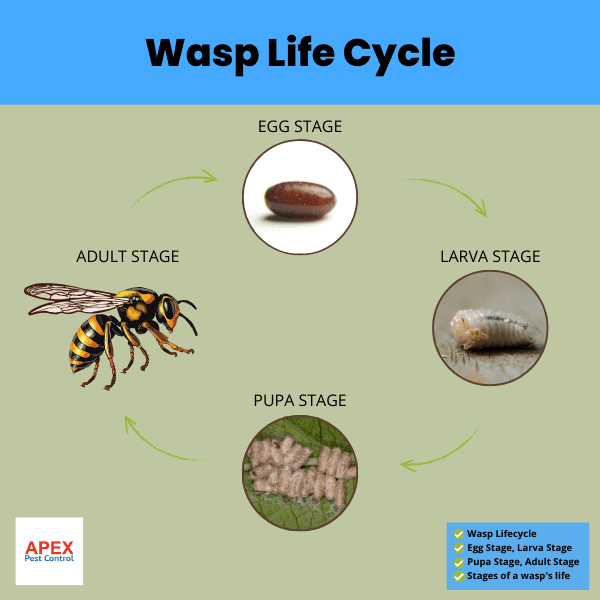
Stages Of A Wasp’s Life
The life cycle of a typical wasp includes four stages – egg, larva, pupa (cocoon), and adult – each playing an important part in the development process.
Role Of Each Stage In The Wasp’s Life Cycle
Each stage has its role: Eggs mark beginnings; Larvae focus on feeding growth; Pupae allow metamorphosis into adulthood inside cocoon-like structures; Adults fulfil reproductive functions maintaining continuity for the species.
Social Structure Of Wasps
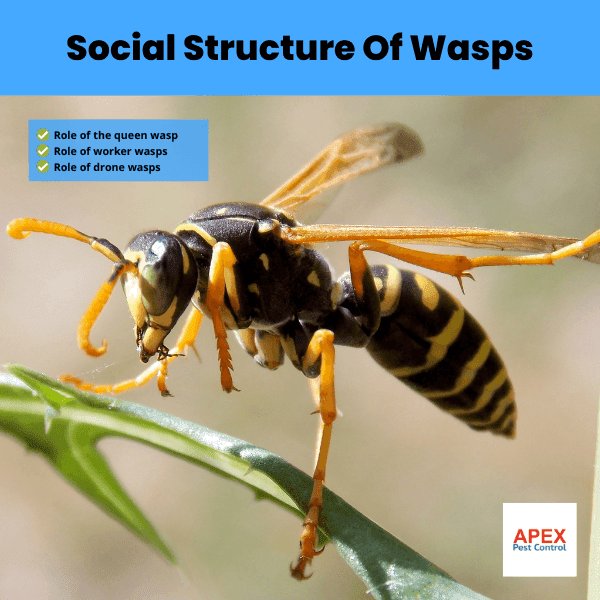
Role Of The Queen Wasp
The queen wasp is vital within social colonies being responsible for laying all eggs during her lifespan after mating with drone (male)wasps.
Role Of Worker Wasps
Worker females who don’t mate but instead handle nest construction/maintenance also caring for larvae acting as defenders if necessary.
Role Of Drone Wasps
Drone male counterparts assist primarily through reproduction dying soon after mating season ends since they lack stingers or abilities required for other colony tasks.
Wasp Nest Building
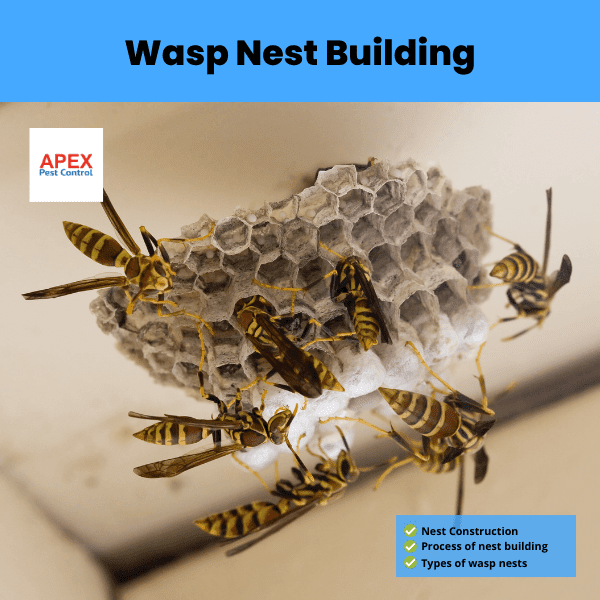
Materials Used In Nest Construction
Construction materials vary by species with some wasps using mud while others, like paper wasps, chew wood into pulp to construct nests.
Process Of Nest Building
Building begins in spring usually initiated by a queen who creates small structures gradually expanded as worker numbers increase.
Types of Wasp Nests
Different species build different types of nests – Yellow jackets often opt for underground burrows; Paper Wasps choose elevated locations and form open comb-like structures; Hornets favour large closed nests typically attached to trees or buildings.
Wasp Feeding Habits
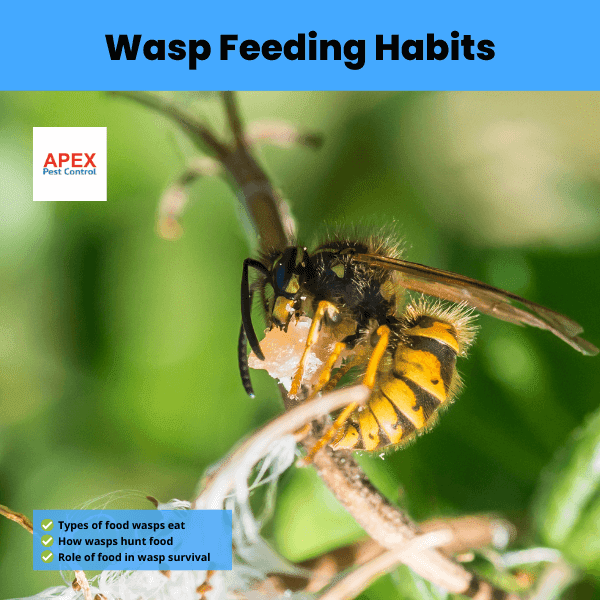
Types Of Food Wasps Eat
Wasps are omnivorous. Larvae feed on proteins derived from insects/ spiders brought by workers while adult wasp diet is primarily carbohydrate-based nectar, fruit juices or human food scraps if available.
How Wasps Hunt And Gather Food
They use their sharp mandibles to catch and dismember prey which they carry back to the nest feeding larvae accordingly.
Role Of Food In Wasp Survival And Reproduction
Protein-rich food nourishes developing larvae supporting growth whereas adults rely on carbohydrates mainly from nectar ensuring energy needs for survival / reproduction processes.
Wasp Defence Mechanisms
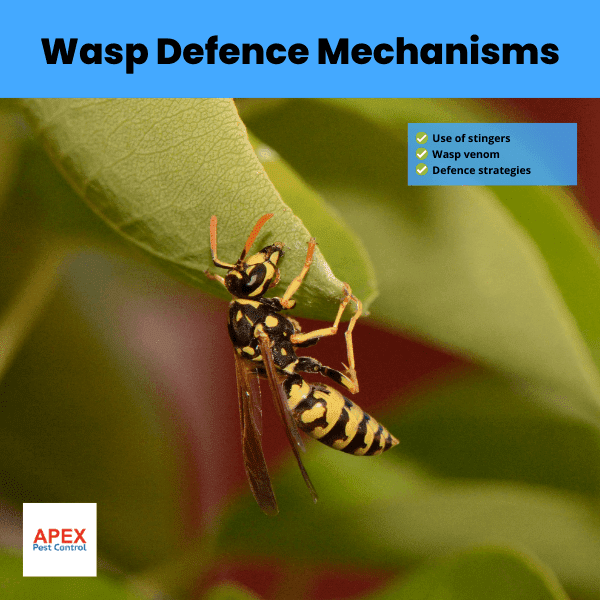
Use Of Stingers
Stingers serve dual roles – defending against predators and immobilising prey during hunting making them integral survival tools.
Wasp Venom And Its Effects
Venom causes pain and swelling in humans due to its cocktail of toxic compounds including histamine and acetylcholine also capable of paralysing smaller creatures facilitating capture.
Other Defence Strategies
Some utilise strategic camouflage while others create threatening displays vibration mimicry confusing would-be attackers buying escape time.
Wasp Interaction With Humans
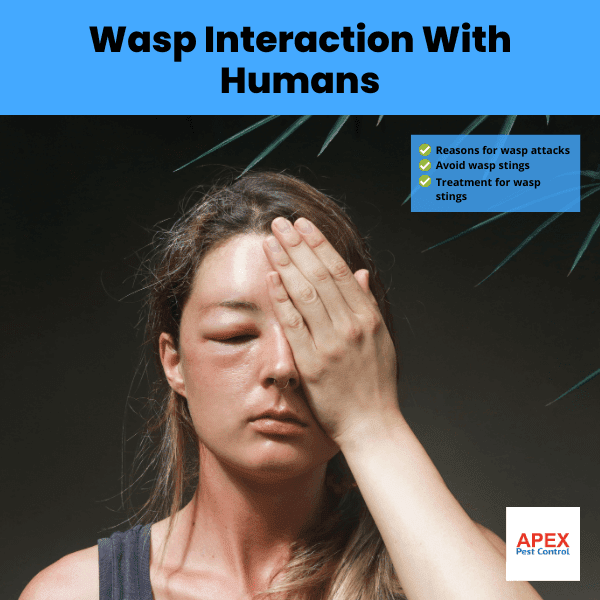
Common Reasons For Wasp Attacks
Typically non-aggressive unless provoked attacks occur when humans disturb their nest directly inadvertently causing perceived threat defence mechanisms trigger response involving painful stings multiple instances possible individual females unlike bees.
How To Avoid Wasp Stings
Best avoidance strategy maintains distance especially from nests observing quietly without sudden movements that may incite defensive actions. If encountered accidentally remain calm slowly backing away reducing possible sting risks.
Treatment For Wasp Stings
Immediate treatment involves cleaning the site applying cold packs reduce swelling followed by over-the-counter remedies antihistamines pain relievers severe reactions seek medical attention promptly.
Role Of Wasps In The Ecosystem
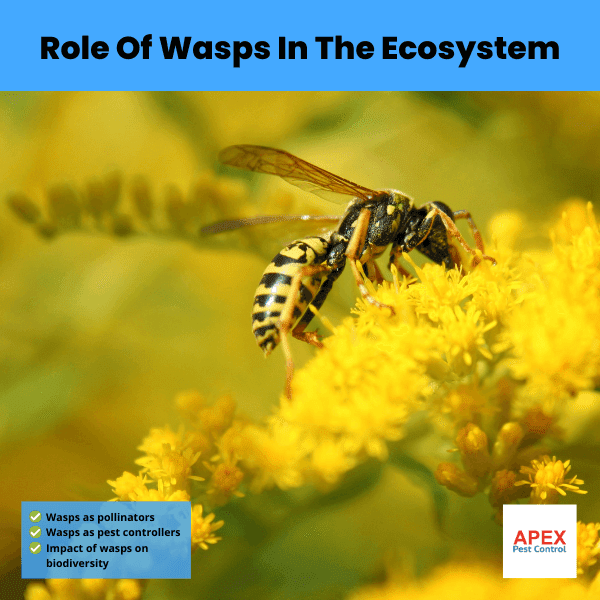
Wasps As Pollinators
Despite not being as efficient as bees, wasps do contribute to pollination transferring pollen flower-to-flower while feeding and assisting plant reproduction crucial ecosystem function.
Wasps As Pest Controllers
As predators, the wasp diet includes many pest insects making them valuable biocontrol agents contributing to agricultural health and natural balance within habitats.
Impact Of Wasps On Biodiversity
Their dual role pollinators/predators provides critical links biodiversity enhancing resilience ecological networks indirectly influencing plant animal populations local/global scales thereby aiding overall biodiversity maintenance.
Current Research On Wasp Behaviour
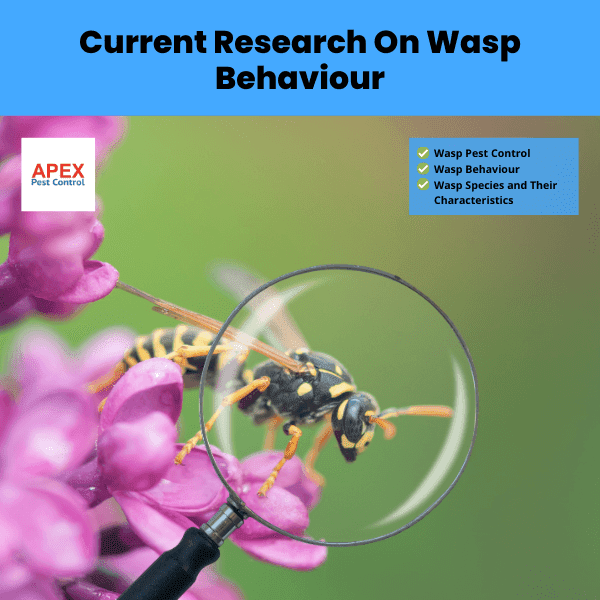
Recent Findings On Wasp Behaviour
Emerging studies reveal complex social behaviours among some species with cognitive abilities such as facial recognition or learning through observation being discovered renewing interest in further exploration of their potential benefits.
Implications Of These Findings For Humans And The Environment
These findings expand our understanding of wasp behaviour providing insights into insect cognition potentially informing development of sustainable pest control strategies benefitting humans environment alike.
Summary of Key Points
Recap of Wasp Behaviour And Its Significance
The distinct life cycle, social structure, defence mechanisms and interactions with humans shape the fascinating world of wasp behaviour. Their impact on ecosystems via roles in pollination and controlling pests underlines their importance despite human fear towards them often due to painful stinging encounters.
Final Thoughts On The Importance Of Understanding Wasp Behaviour
While considered nuisances due to occasional aggressive defences when provoked, recognising their significant contributions can foster a more balanced perspective encouraging responsible interactions and respect for these unique, valuable creatures. Understanding their behaviour can guide how we respond to them and can also inspire future research initiatives with potential ecological benefits.
Frequently Asked Questions
What are the most common types of wasps?
The most common types of wasps include yellow jackets, hornets, and paper wasps.
How does the life cycle of a wasp work?
The life cycle includes four stages: egg, larva (when feeding occurs), pupa (where metamorphosis happens) and adulthood mainly dedicated to reproduction tasks.
What is the social structure within a typical wasp colony?
Wasp colonies typically consist of one queen who lays all eggs; worker females who build/maintain nests feed larvae; drone males whose main role is mating with queens post which they die.
What roles do Wasps play in ecosystems?
Wasps contribute as pollinators while feeding on nectar facilitating plant reproduction also acting as biocontrol agents preying on pest insects benefiting agricultural/natural habitats indirectly influencing biodiversity at multiple scales.
What should you do if stung by a Wasp?
Cleanse sting site apply cold pack control swelling consider over-the-counter antihistamines painkillers but seek immediate medical attention if severe reaction symptoms appear including difficulty breathing excessive redness/swelling lasting several days nausea/dizziness/fainting spells etc., since this may indicate an allergic response necessitating professional care.

Tony Johnson, Founder & Lead Technician at Apex Pest Control, is a BPCA and NPTA accredited pest management expert with over 35 years’ hands-on experience. Tony specialises in Integrated Pest Management and ensures all services comply with UK pest legislation, including the Wildlife and Countryside Act 1981 and COSHH Regulations 2002. His commitment to continual learning and adapting to industry best practices means clients receive effective, safe solutions for pests affecting homes and businesses across South Yorkshire. Tony’s dedication to professional standards, ethical treatment methods, and local expertise has made him a trusted partner for pest control and prevention.
-
BPCA & NPTA accredited | CHAS certified
-
Committed to UK pest law compliance & safety
-
Focused on effective, ethical pest management for South Yorkshire
